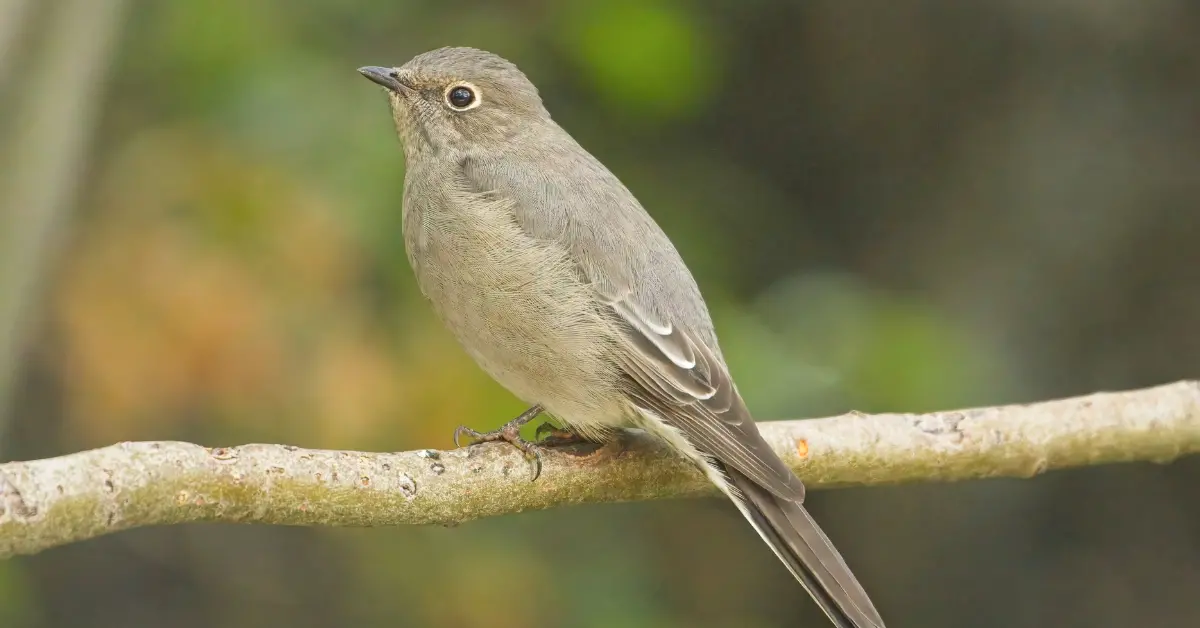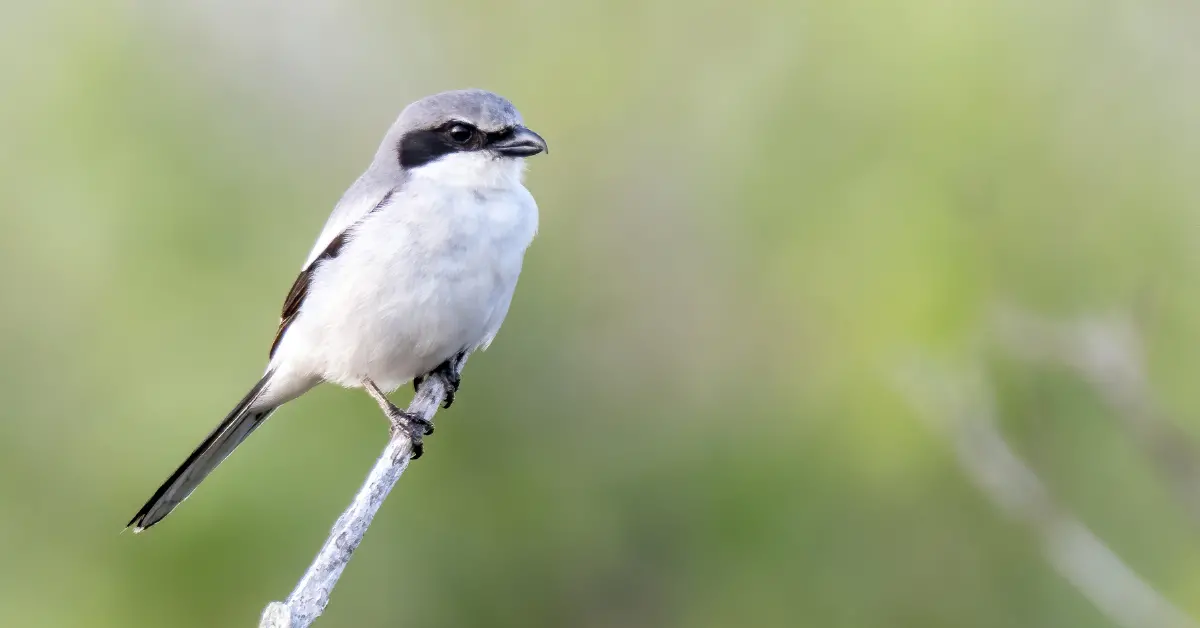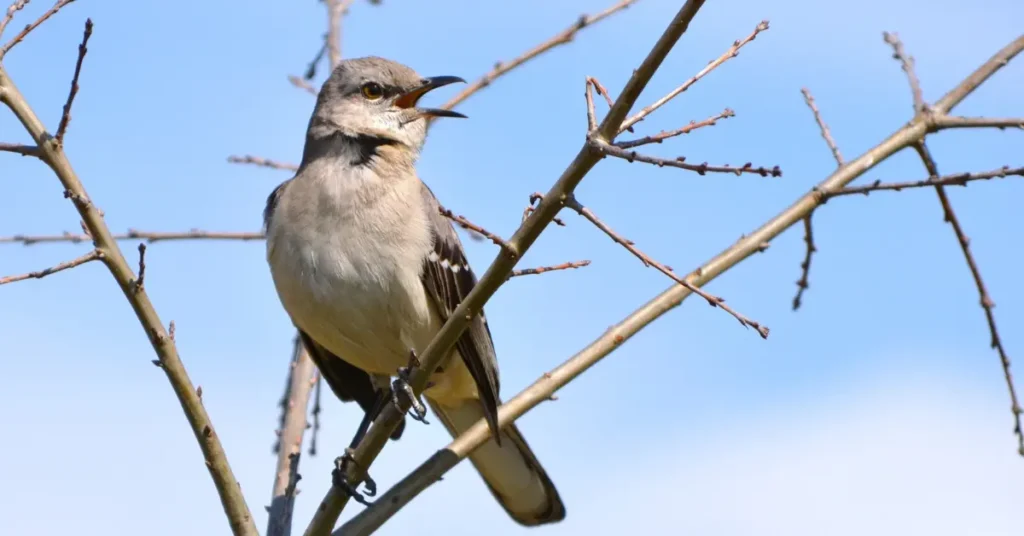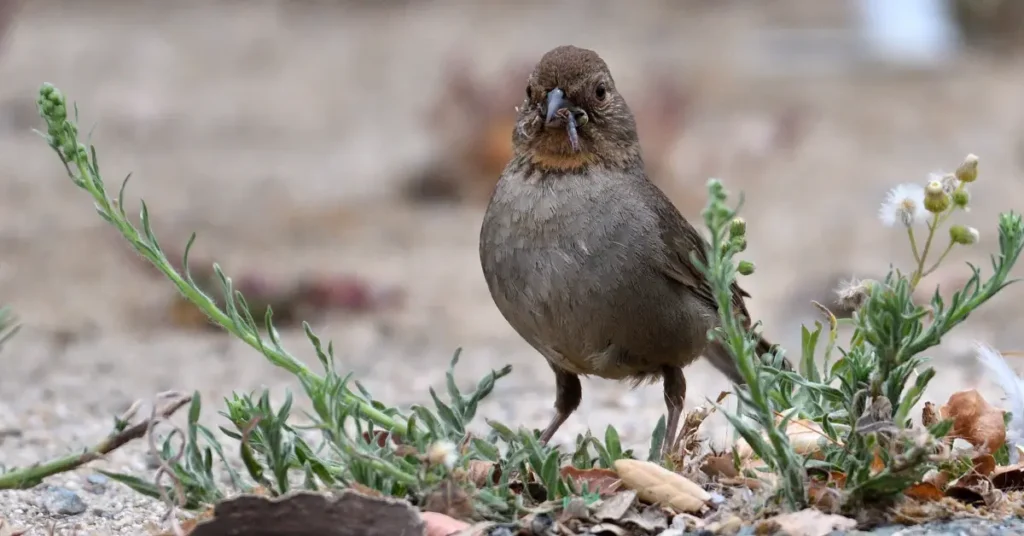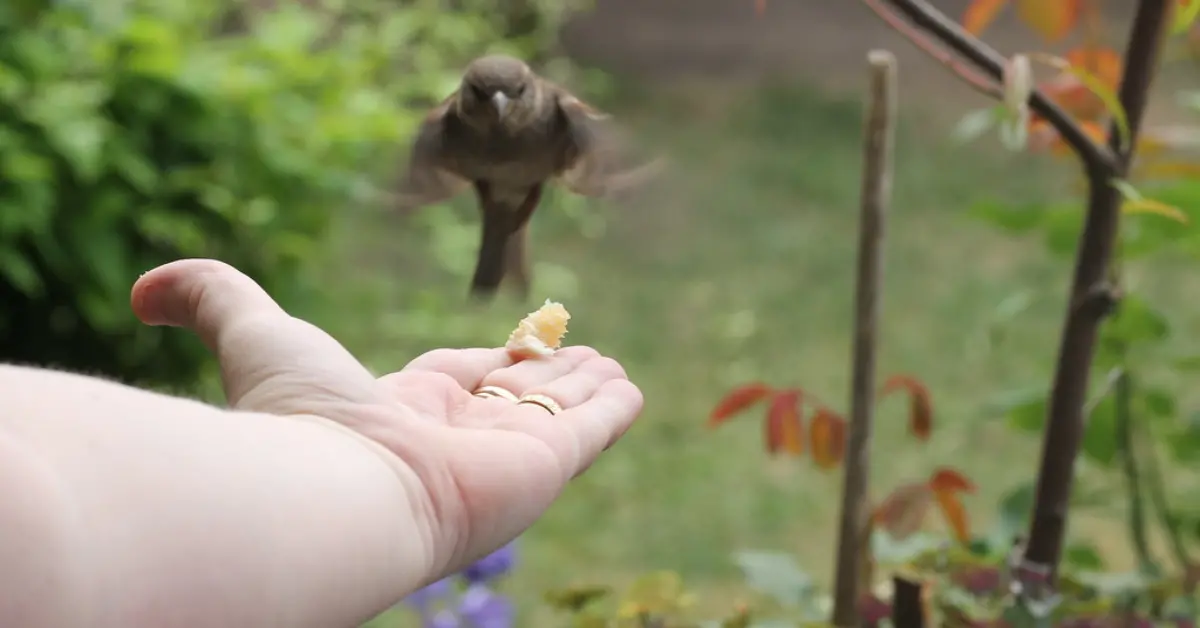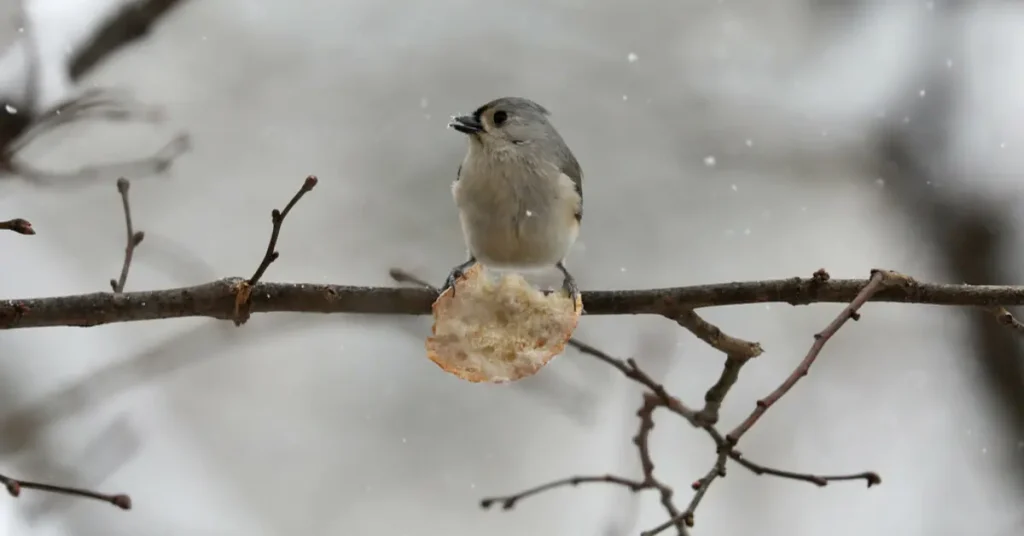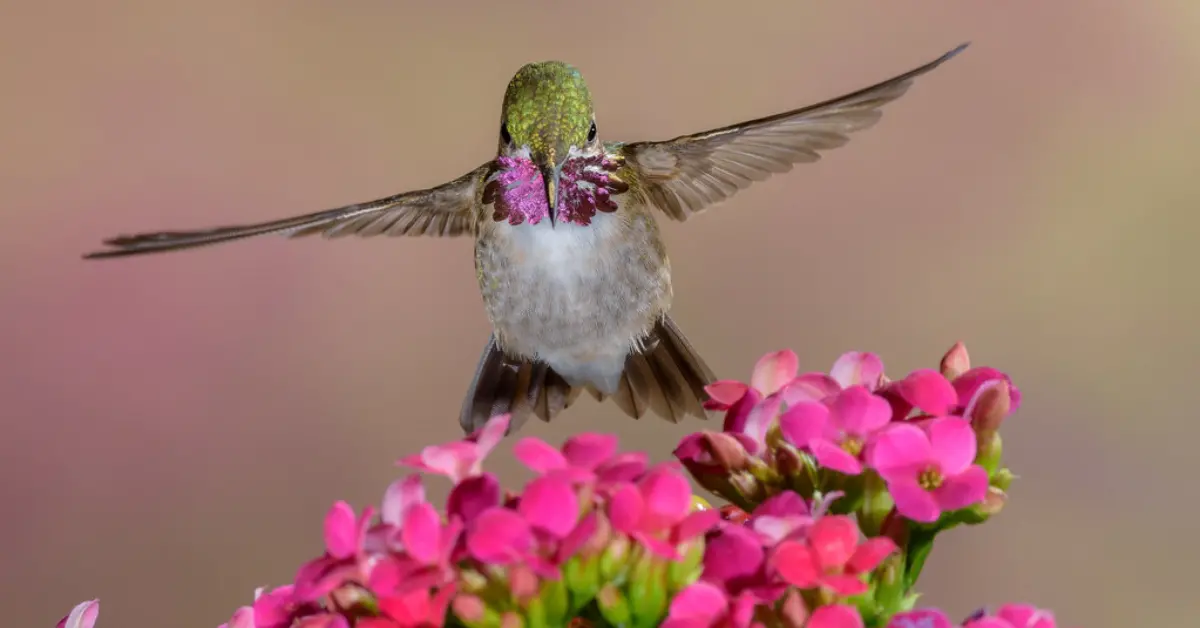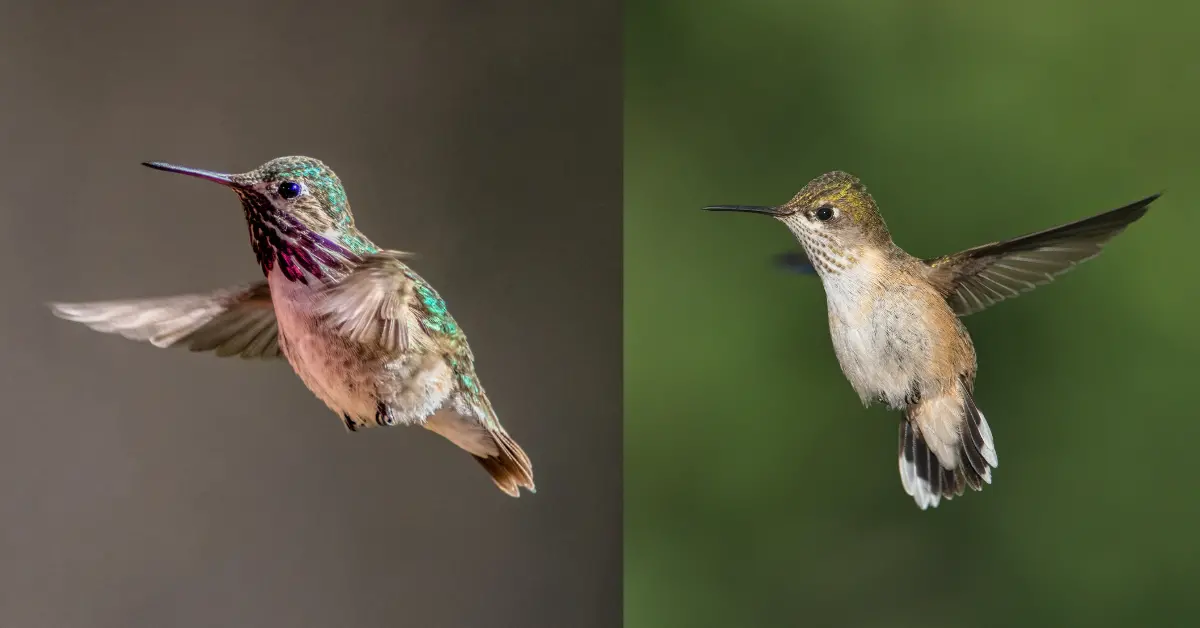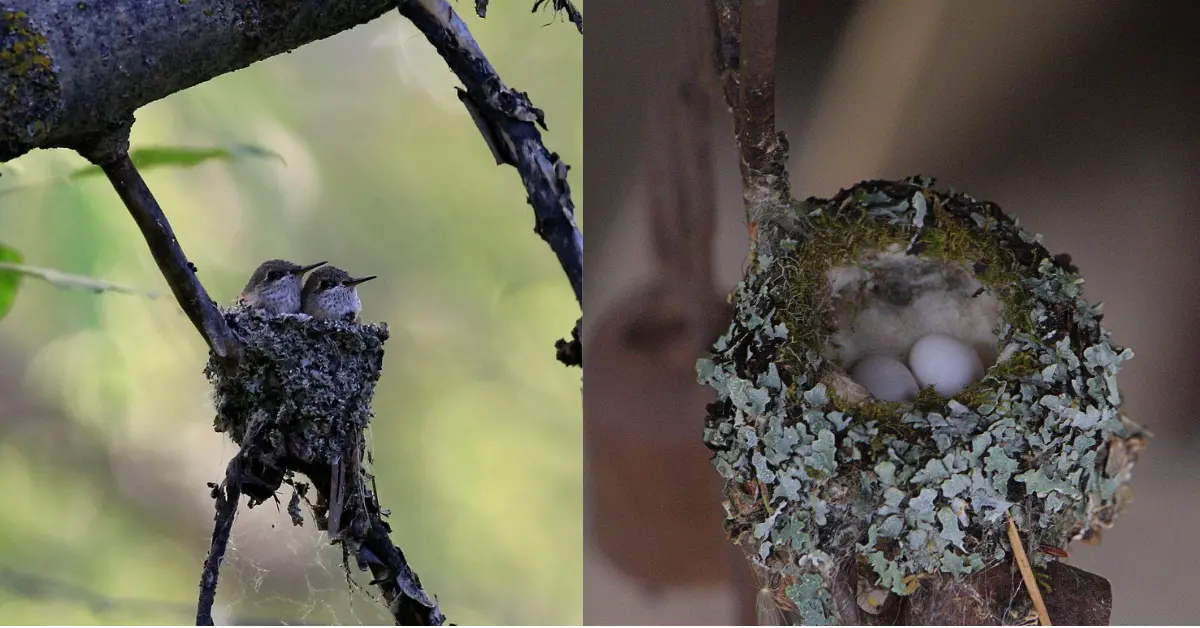When you look at your backyard bird feeder, you probably see a lot of the same species gathering. Even though you see them daily, you might have no idea what they are. Let’s take a closer look at some of the most common birds in North America to help you learn more about the species in your yard.
Common Birds to Look for in North America
Below are some of the many common birds across North America, including everything from tiny sparrows to ducks and crows.
1. House Sparrow (Widespread Common Birds)

- Scientific Name: Passer domesticus
- Population Status: 1.4 billion, Least Concern
- Location: Urban and suburban areas across all continents except Antarctica
- Size: 5.9 to 6.7 inches
Even though these sparrows are native to Eurasia and northern Africa, they’re extremely common in North America. They were first released in New York in 1851, and they quickly reproduced and spread to all areas of the world.
2. American Robin (Common Birds in Spring)

- Scientific Name: Turdus migratorius
- Population Status: 380 million, Least Concern
- Location: Forests, open woodlands, and parks across most of North America
- Size: 7.9 to 11 inches
American robins are one of the most iconic North American birds, acting as a symbol of spring with their distinguishable red-orange bellies. They hop around the ground as they search for worms and insects.
3. Dark-Eyed Junco
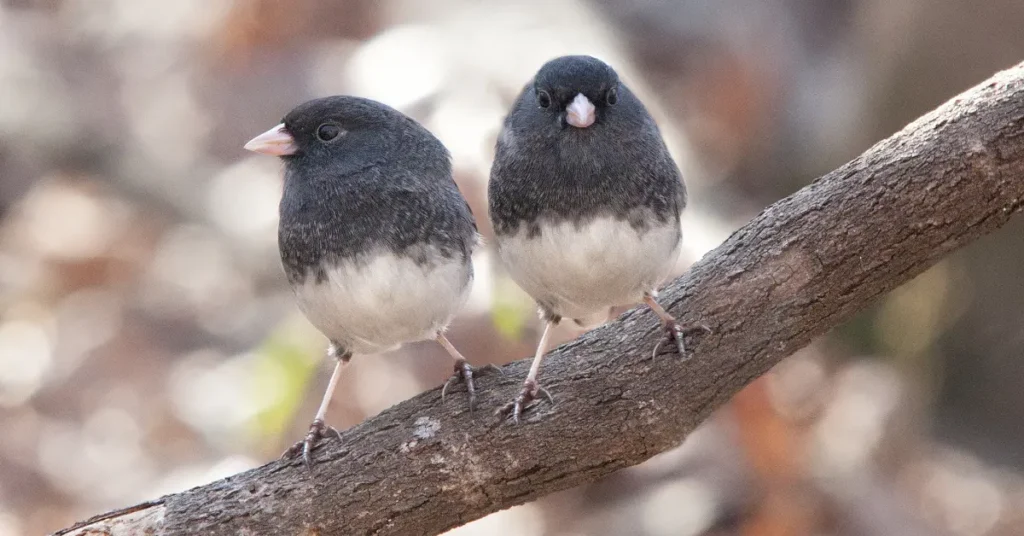
- Scientific Name: Junco hyemalis
- Population Status: 630 million, Least Concern
- Location: Forests, open woodlands, and fields from Canada to northern Mexico
- Size: 5.5 to 6.3 inches
While dark-eyed juncos typically stay in forests when it’s warm, they flock to bird feeders during cold months since food is scarce. Their distinct coloring includes dark gray feathers on their backs with bright white bellies.
4. Mourning Dove (Common Birds in Pairs)
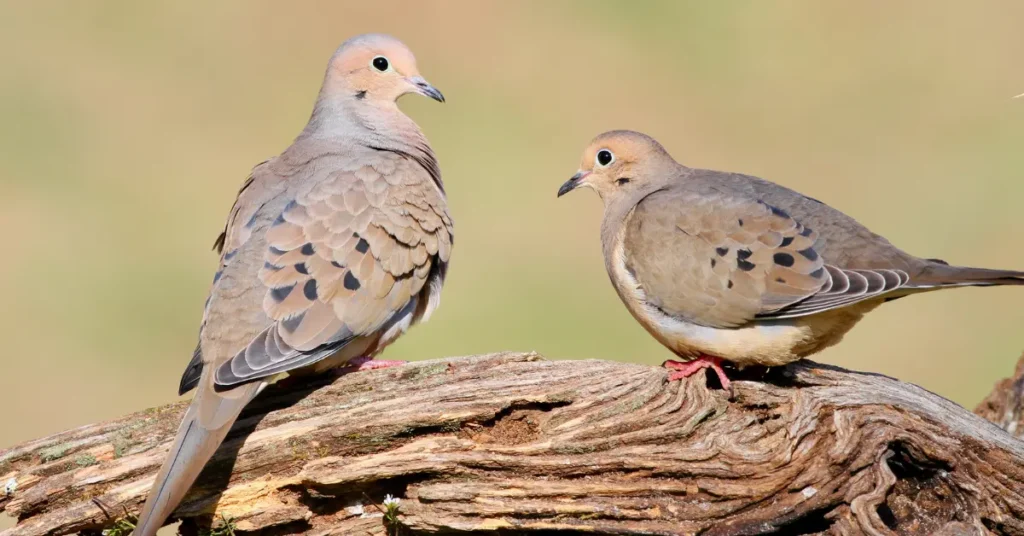
- Scientific Name: Zenaida macroura
- Population Status: 350 million, Least Concern
- Location: Temperate areas from southern Canada through Central America
- Size: 9.1 to 13.4 inches
These light brown birds earned their name because of their low cooing sounds, which seem somber. They’re most commonly seen in pairs, especially during the breeding season. You might not be able to tell by looking at them, but these birds can fly up to 55 miles per hour.
5. Chipping Sparrow

- Scientific Name: Spizella passerina
- Population Status: 240 million, Least Concern
- Location: Open woodlands and parks across most of North America
- Size: 4.7 to 5.9 inches
Chipping sparrows have a fitting name because their call sounds like they’re saying “chip” repeatedly. When it comes to birdseed, these common birds aren’t picky and will eat a wide variety from the feeder and the ground.
6. Red-Winged Blackbird (Common Birds Near Water)

- Scientific Name: Agelaius phoeniceus
- Population Status: 180 million, Least Concern
- Location: Near marshes and wetlands across most of North America
- Size: 6.7 to 9.1 inches
Male red-winged blackbirds have sleek black feathers with bright red wing patches. You’ll typically see them perched on tall plants near water, where they make loud “conk-la-ree” calls. They use these calls to attract mates and defend their territory.
7. Northern Cardinal (Common Red Birds)

- Scientific Name: Cardinalis cardinalis
- Population Status: 130 million, Least Concern
- Location: Areas with dense vegetation in the eastern United States and Mexico
- Size: 7 to 9 inches
Cardinals stay in the same area year-round, so it’s common to see them forage for seeds at feeders when insects aren’t available. The males have striking red feathers while females are brown.
8. Song Sparrow

- Scientific Name: Melospiza melodia
- Population Status: 130 million, Least Concern
- Location: Brushlands, marshlands, and open woodlands from parts of Canada to northern Mexico
- Size: 4.3 to 7.1 inches
As the species name implies, song sparrows sing a variety of songs with short notes and trills. Males learn song patterns by listening to other birds, eventually creating their own repertoire of six to 24 variations of the common song.
9. European Starling (Invasive Common Birds)

- Scientific Name: Sturnus vulgaris
- Population Status: 250 million, Least Concern
- Location: Urban and suburban areas across parts of every continent except Antarctica
- Size: 7.9 to 9.1 inches
These native Eurasian birds are invasive in North America, quickly becoming one of the most common birds in backyards since their introduction in the 1890s. They can mimic other species, memorizing calls from approximately 20 other animals.
10. House Wren

- Scientific Name: Troglodytes aedon
- Population Status: 190 million, Least Concern
- Location: Open woodlands from southern Canada through South America
- Size: 4.5 to 5.2 inches
These common birds quickly dart across shrubs and low tree branches to collect food. They build their twig nests almost anywhere, including cans, boots, and boxes that they find in yards. Thus, they frequently use nest boxes.
11. Northern Mockingbird

- Scientific Name: Mimus polyglottos
- Population Status: 45 million, Least Concern
- Location: Open areas across the United States and Mexico
- Size: 8.3 to 10.2 inches
Northern mockingbirds are the only mockingbird species native to the United States. They’re called mockingbirds because they’re able to mock the sounds of other animals. They mimic other birds, along with frogs, dogs, and machine sounds.
12. American Crow

- Scientific Name: Corvus brachyrhynchos
- Population Status: 27 million, Least Concern
- Location: Open areas across the United States and southern Canada
- Size: 15.8 to 20.9 inches
Despite being larger than most common birds in North America, American crows frequently appear in urban and suburban areas. They’re not picky, so they’ll eat nearly anything they can find, including carrion, insects, seeds, and garbage.
13. Black-Capped Chickadee

- Scientific Name: Poecile atricapillus
- Population Status: 43 million, Least Concern
- Location: Wooded areas of southern Canada and northern United States
- Size: 4.7 to 5.9 inches
A black-capped chickadee’s call sounds like “chick-a-dee-dee-dee.” They’re very curious little birds, so they often gather in yards in search of food and nesting spots. They also have an excellent memory, allowing them to remember the location of thousands of hidden food pieces.
14. American Goldfinch (Common Yellow Birds)

- Scientific Name: Spinus tristis
- Population Status: 44 million, Least Concern
- Location: Fields, meadows, and parks from southern Canada to northern Mexico
- Size: 4.3 to 5.1 inches
Not only are American goldfinches common birds, but they also stand out from the others because of their bright yellow feathers. They feed solely on seeds and plants, only eating insects occasionally by mistake.
15. House Finch

- Scientific Name: Haemorhous mexicanus
- Population Status: 40 million, Least Concern
- Location: Urban and suburban settings across the United States and Mexico
- Size: 5 to 6 inches
House finches can have slight appearance variations depending on where they live. Their size, shape, wing length, tail length, and color differ regionally, which is why they’re divided into 11 subspecies. Even their songs vary, as if they have different accents.
16. Downy Woodpecker

- Scientific Name: Picoides pubescens
- Population Status: 13 million, Least Concern
- Location: Woodlands, parks, and suburban areas across Canada and the United States
- Size: 5.5 to 7.1 inches
Downy woodpeckers are the smallest North American woodpeckers, often joining flocks with other small birds like chickadees and nuthatches. Like other woodpeckers, they excavate holes in trees for nesting and roosting, but they usually target dead trees.
17. Blue Jay (Common Blue Birds)

- Scientific Name: Cyanocitta cristata
- Population Status: 17 million, Least Concern
- Location: Woodlands across parts of Canada and the United States
- Size: 9.8 to 11.8 inches
These are some of the most beautiful common birds in North America because of their stunning blue and white feathers. They form strong bonds with their families and sometimes create flocks with thousands of birds when migrating.
18. Mallard (Common North American Ducks)

- Scientific Name: Anas platyrhynchos
- Population Status: 19 million, Least Concern
- Location: Wetlands across the Northern Hemisphere
- Size: 20 to 26 inches
If you have wetlands or ponds near your home, you might see mallard ducks in your yard. They’re often curious around people, so they’ll hang out in areas near humans when searching for food and nesting spots.
19. Tufted Titmouse

- Scientific Name: Baeolophus bicolor
- Population Status: 12 million, Least Concern
- Location: Forests of eastern United States
- Size: 5.5 to 6.3 inches
Despite their small size, these common birds often collect large seeds. They’ll proudly carry the seeds away before whacking them with their short, sharp bills to break the exterior. They nest in tree holes, but since they can’t excavate them, they use ones made by other birds.
20. White-Breasted Nuthatch

- Scientific Name: Sitta carolinensis
- Population Status: 10 million, Least Concern
- Location: Forests and parks from southern Canada to central Mexico
- Size: 5.1 to 5.5 inches
White-breasted nuthatches are agile birds that can climb upside down on trees because of their long toes with sharp claws. They’re called nuthatches because their narrow, pointed bills are perfect for breaking the shells of nuts and seeds they collect.
Keep an Eye Out for Common Backyard Birds
Next time you admire the birds at your feeder, see if you can identify any of them. If you live in North America, there’s a good chance that some of the common birds mentioned above will make an appearance. Keep an eye out for unique species visiting your yard and see if you can figure out what they are.

